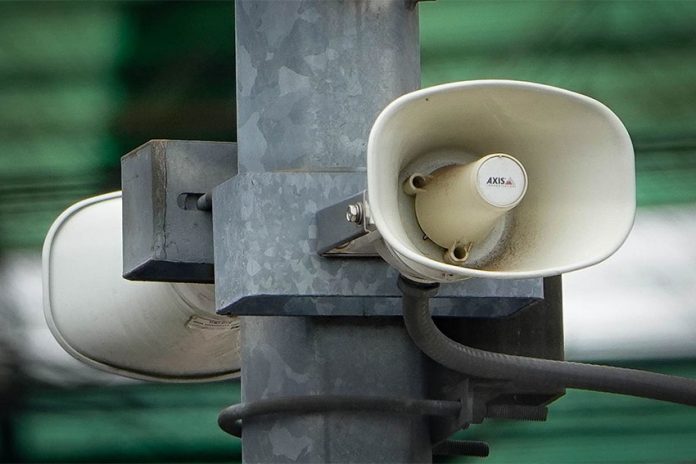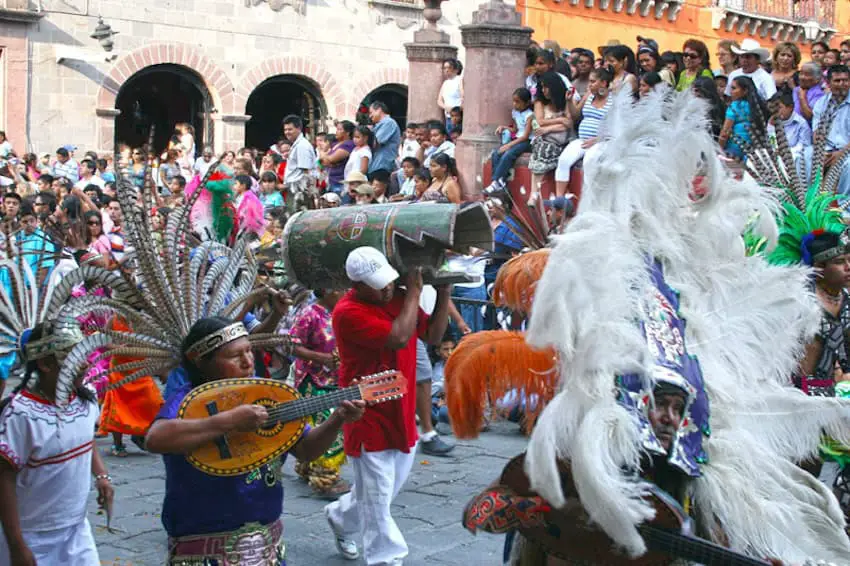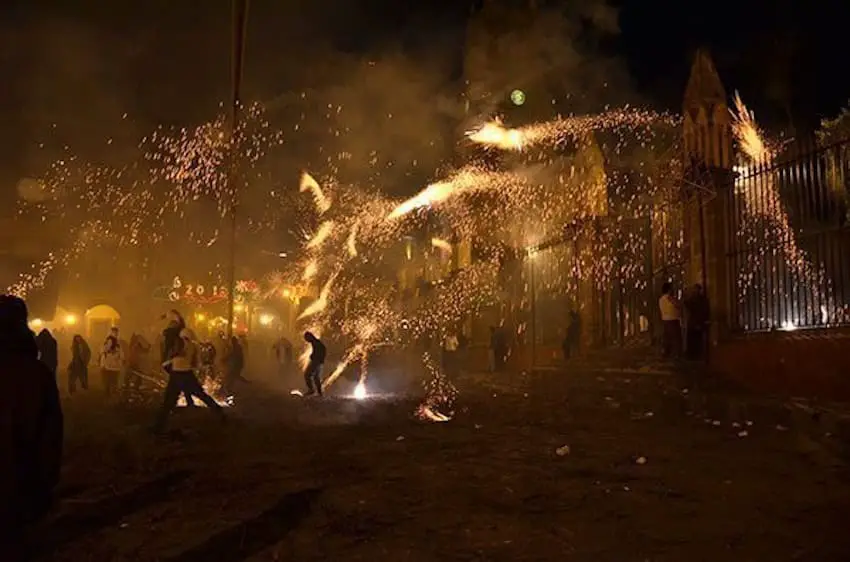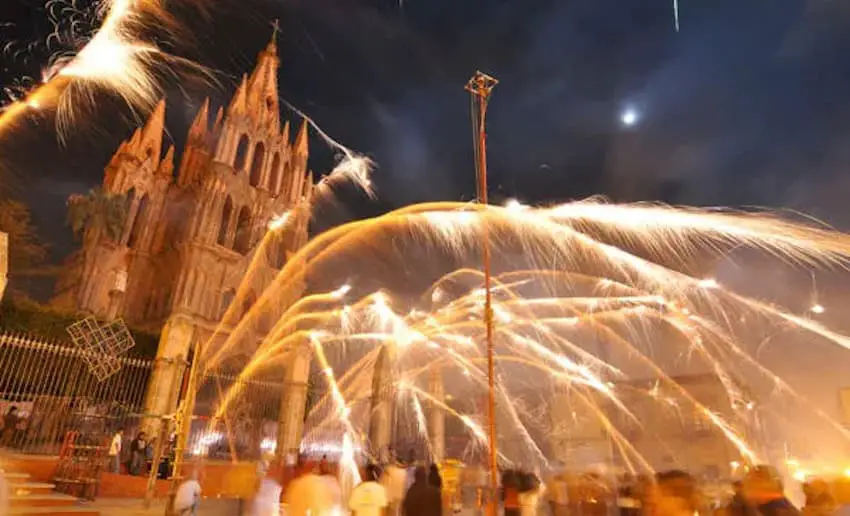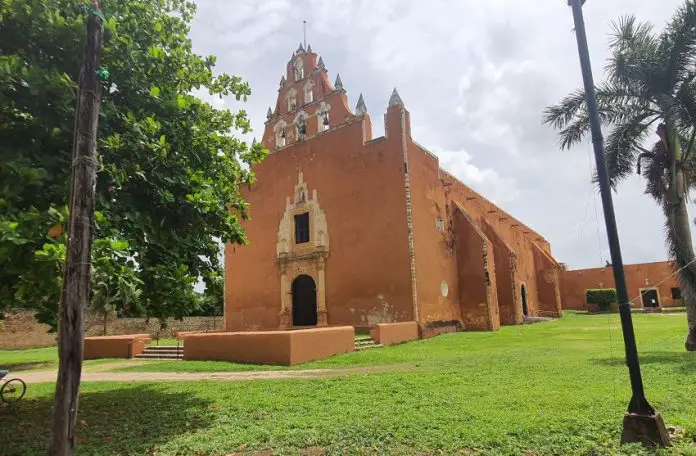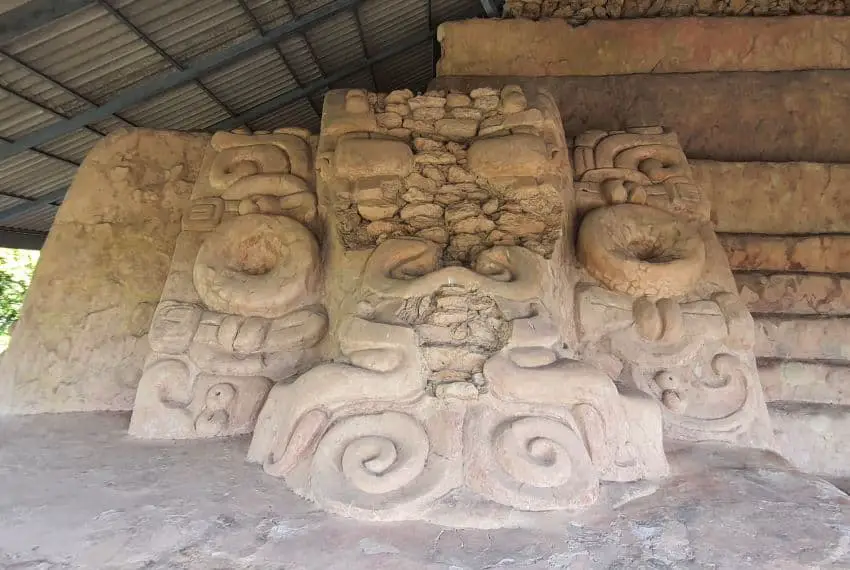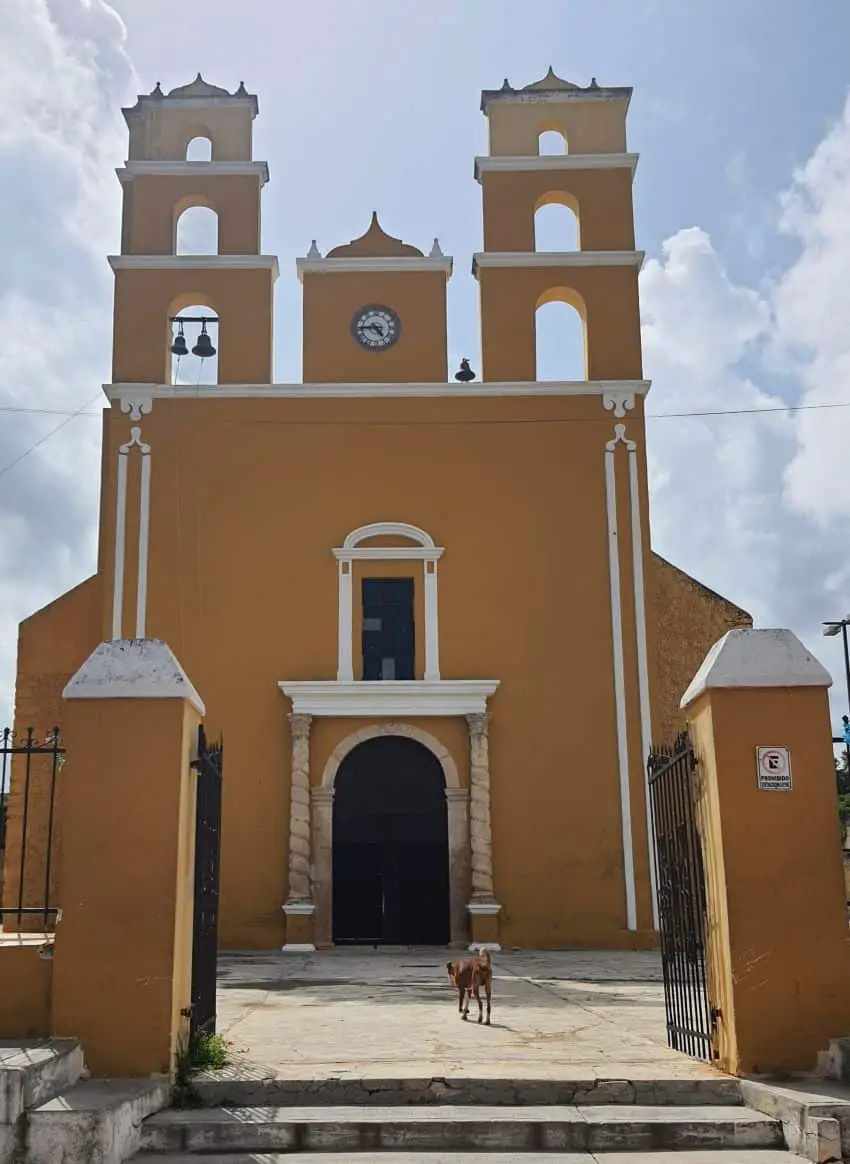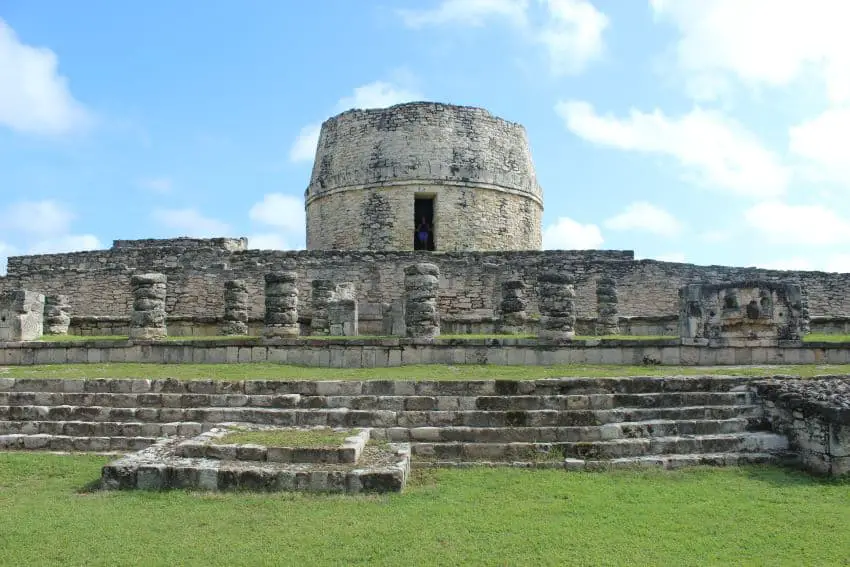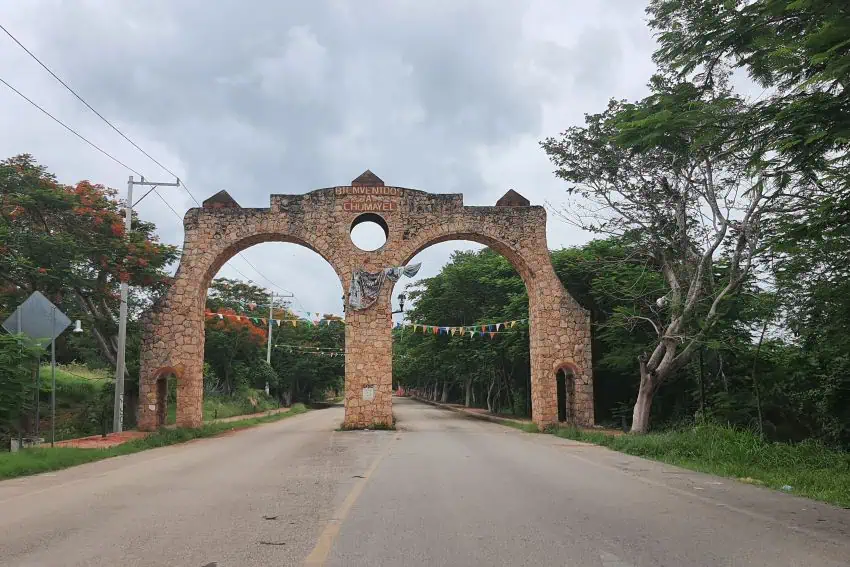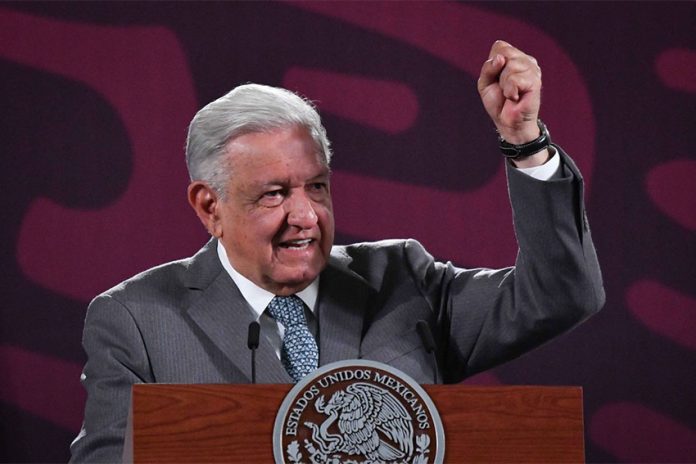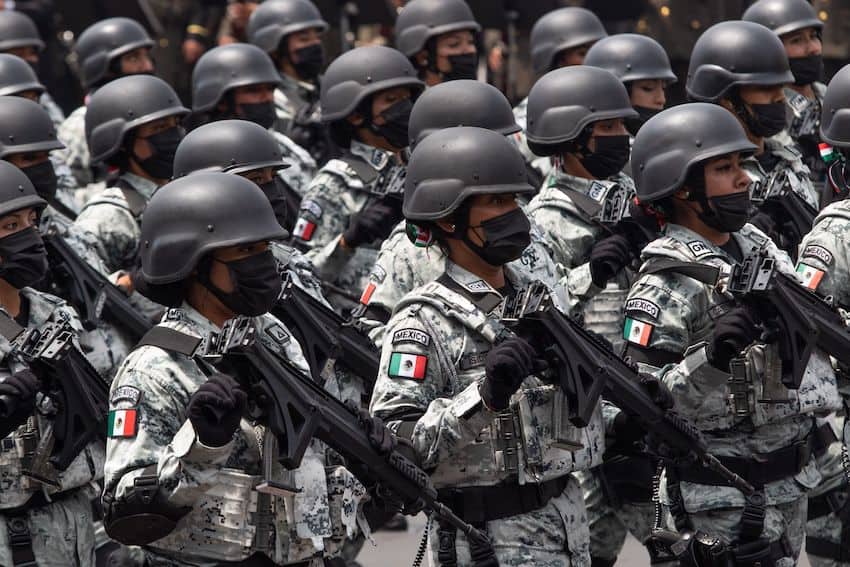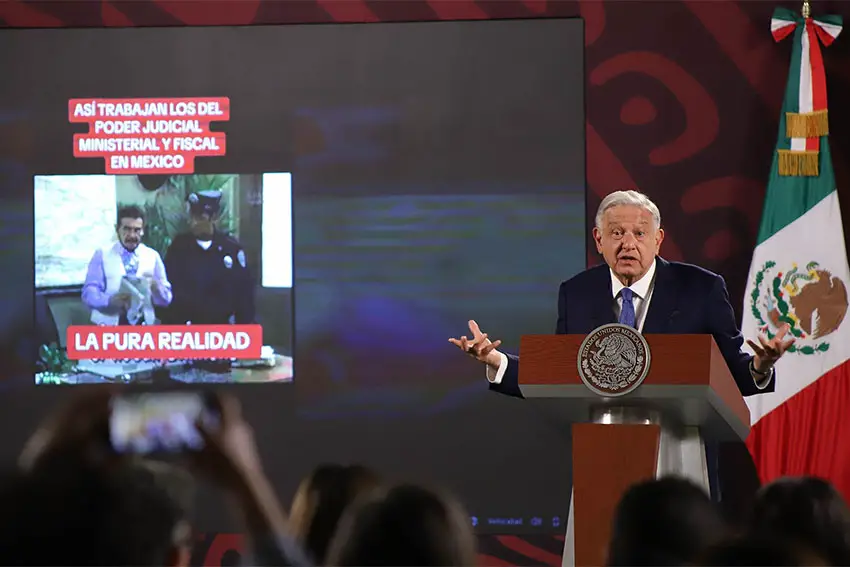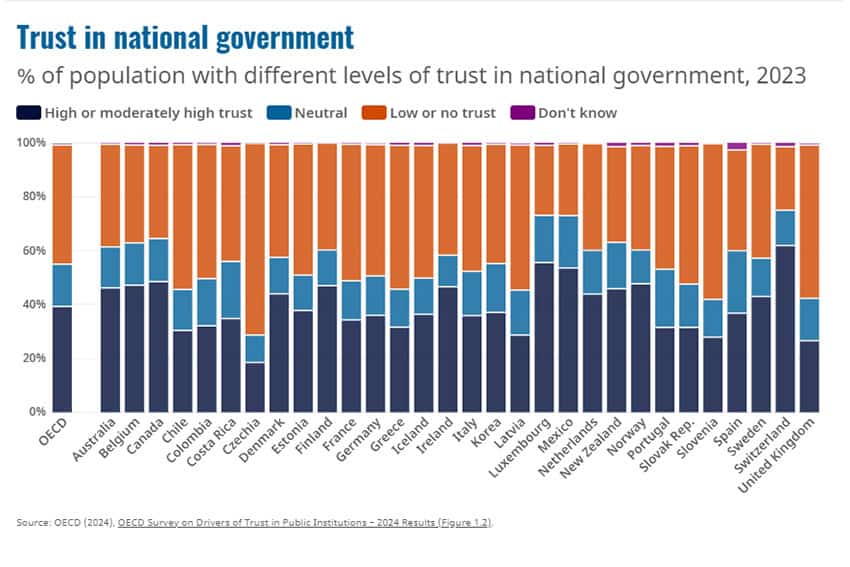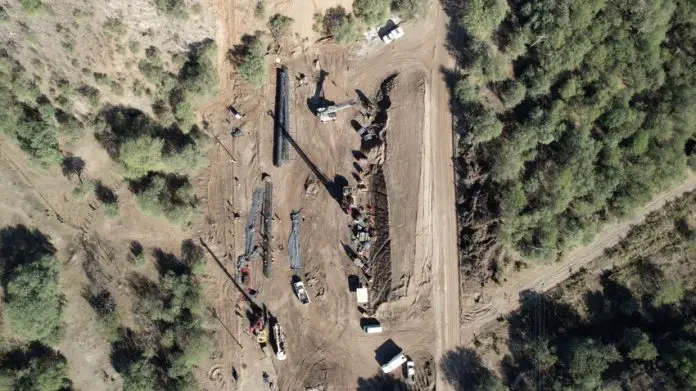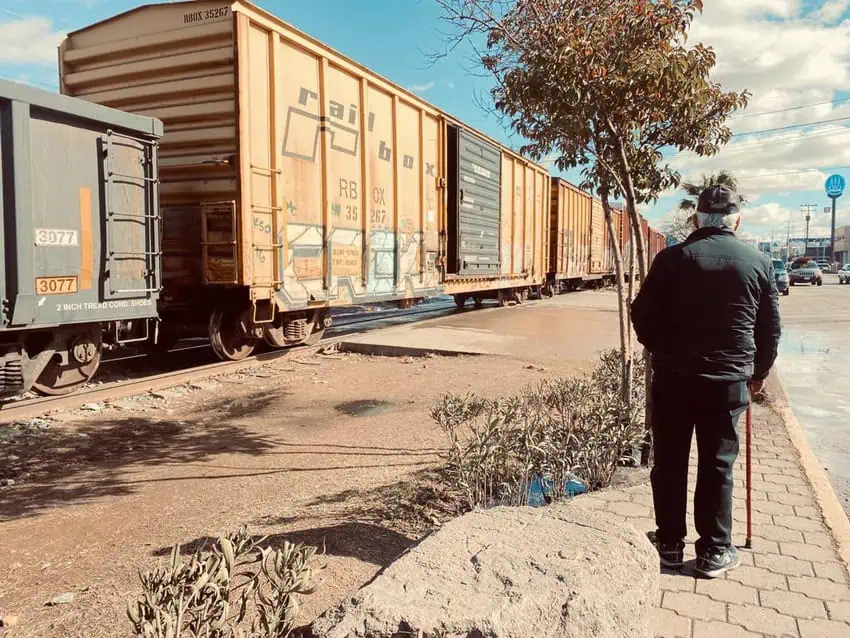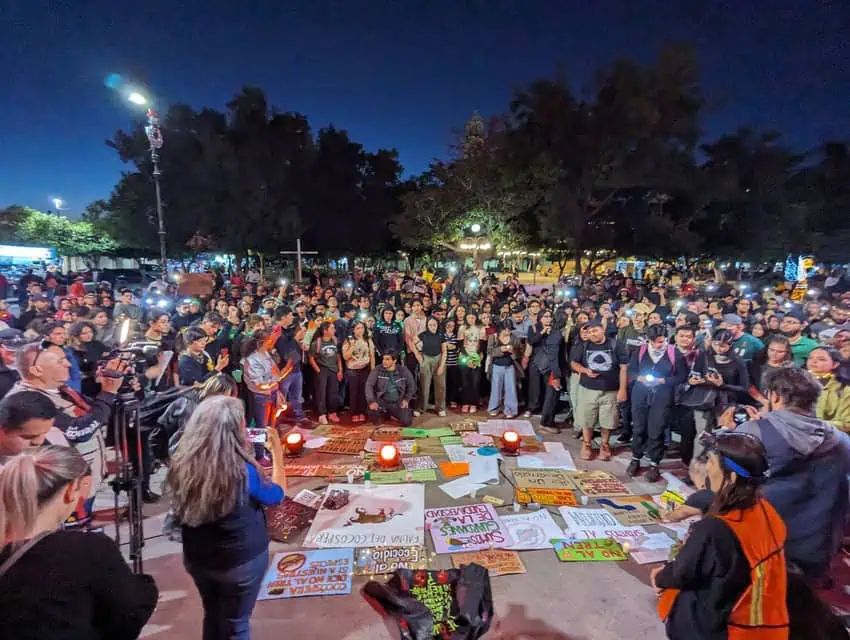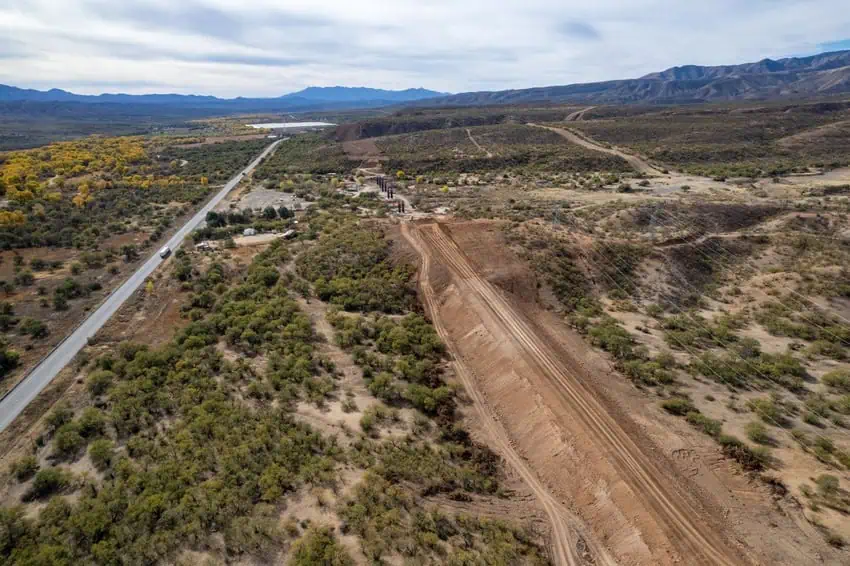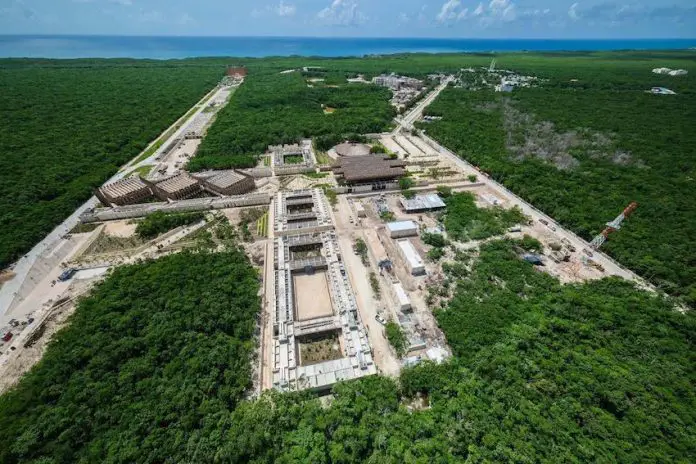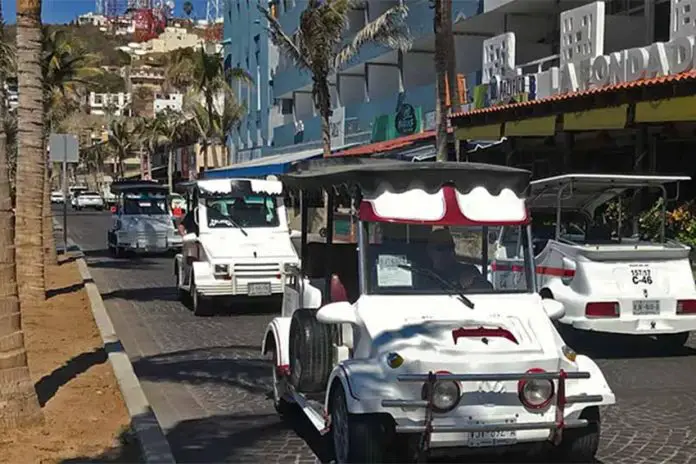A national earthquake (and natural disaster) drill will be held in Mexico this Thursday, Sept. 19, the seventh anniversary of a powerful 7.1 magnitude temblor that shook central Mexico and the 39th anniversary of an 8.1 magnitude quake that devastated Mexico City.
Here’s what you need to know about the simulacro nacional, or national drill.

What time is the drill?
The drill will commence at 11 a.m. Mexico City time.
Where will the drill take place?
According to the federal government, all 32 federal entities (Mexico City and 31 states) will participate in this year’s drill.
What is the drill hypothesis?
The “central” hypothesis for this year’s drill will be a 7.5 magnitude earthquake with an epicenter in Acapulco, Guerrero.
However, Civil Protection authorities in each state will use different scenarios for the staging of the drill, depending on the predominant natural disaster risk in each one.
Will an earthquake alarm sound?
An earthquake alarm will be activated in Mexico City and 10 states: Guerrero, Oaxaca, Chiapas, Michoacán, Jalisco, Colima, Morelos, México state, Puebla and Tlaxcala.
The government said that the alarm will ring out from 14,490 loudspeakers. Almost 14,000 of those loudspeakers are attached to posts in Mexico City.
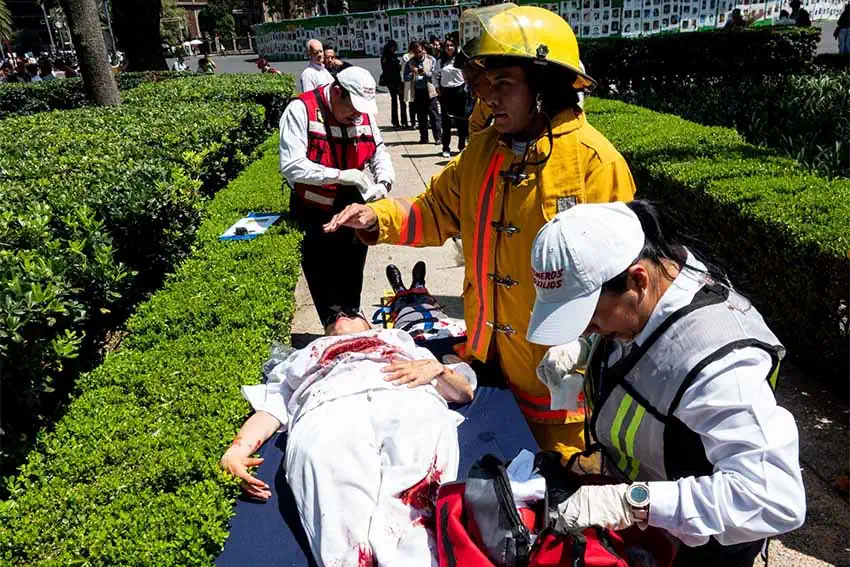
CDMX residents will also get a cell phone alert
People in the Mexico City metropolitan area will receive a message on their cell phones alerting them to the staging of the national earthquake drill. It will be the first time that messages of this nature are sent, the federal government said.
What will happen during the drill?
Buildings will be evacuated, and other emergency response protocols will be activated.
Authorities advise citizens to remain calm and not run, shout or push anyone during the drill — or if they find themselves experiencing a real earthquake or other natural disaster.
Workplaces and schools, among other places, have safety representatives who will lead Thursday’s drill.
Municipal, state and federal authorities will use the drill to test their emergency response strategies and plans.
What should you do during the drill (and a real earthquake)?
In addition to evacuating buildings and following the instructions of safety representatives, residents — if they can and if it is necessary — should:
- Assist and look after children.
- Assist elderly people.
- Assist people with disabilities.
- Take care of pets.
- Turn off gas, water and electricity.
How should you prepare for an earthquake?
The National Disaster Prevention Center (Cenapred) advises the public to prepare a “family civil protection plan” for earthquakes, organize and participate in evacuation drills and “identify safe areas” in their homes, schools and workplaces.
Among other advice, it encourages citizens to prepare an “emergency backpack” with items such as a flashlight, first aid kit, two-way radio, water, nonperishable food, warm clothing, medications and photocopies of important documents.
During earthquakes, Cenapred advises citizens to remain calm and move away from objects, buildings, trees and electrical posts that could fall. Those who live near the ocean should move away from the coast due to the risk of tsunamis.

Why is the drill held on Sept. 19?
As mentioned in the introduction to this article, a powerful earthquake shook Mexico City on this date in 1985, claiming thousands of lives. Authorities subsequently decided to hold an earthquake drill on the same date to prepare for a similar event.
The Sept. 19, 2017 earthquake that claimed close to 400 lives in central Mexico occurred just a couple of hours after that year’s simulacro, while another major earthquake struck on the same date in 2022 less than an hour after the drill was held.
Is it a coincidence that there have been three large earthquakes on the same date in the last 38 years?
Yes.
On Sept. 19, 2022, a Canada-based environmental seismologist described the occurrence of the latest Sept. 19 quake on the same day as previous temblors as an “astounding coincidence.”
“Today in astounding coincidences: Mexico had a nationwide earthquake safety drill today to mark the anniversary of the Sept 19, 2017 M 7.1 quake and the Sept 19, 1985 M 8.0 quake. An hour after the drill, a M 7.6 quake struck,” Celeste Labedz said on social media.
“Note: ‘astounding’ in a human perspective doesn’t mean anything geophysically strange is up! Mexico is no stranger to large quakes (especially on the subduction zone), and the probability of date coincidences can be surprising, as in the Birthday Problem,” Labedz added, referring to probability theory.
For his part, National Autonomous University physicist José Luis Mateos, said that the probability of having three large-magnitude earthquakes on the same date was one in 133,225, or 0.00075%.
Mexico News Daily
